California bay laurel (Umbellularia californica) is a versatile and aromatic plant known for its strong, pungent leaves. Although it is sometimes used as a substitute for bay leaves in cooking, its intense flavor sets it apart, requiring careful use to avoid overpowering dishes. Beyond its culinary uses, the tree’s durable wood is prized for making furniture and crafting tonewood for guitars. Indigenous communities have long utilized its leaves in traditional herbal remedies to treat various ailments, reflecting its cultural and historical importance.
This hardy shrub, native to the coastal regions from Oregon to Mexico, thrives in diverse climates, making it a notable species for both home gardens and natural landscapes.
| Common name | California bay, California Laurel, California-laurel, Myrtle-wood, Oregon-myrtle, Pacific-myrtle |
| Botanical name | Umbellularia californica |
| Family | Lauraceae |
| Species | californica |
| Origin | Southwest Oregon to Mexico |
| Life cycle | Woody |
| Plant type | Shrub |
| Hardiness zone | 7, 8, 9 |
| Sunlight | Full Sun |
| Maintenance | Low |
| Soil condition | Clay |
| Soil ph | Acid |
| Drainage | Well-Drained |
| Growth rate | Medium |
| Spacing | 24 – 60 ft. |
| Harvest time | Fall |
| Flowering period | Spring |
| Height | 3- 75 ft. |
| Flower color | Cream, Tan |
| Leaf color | Green |
| Fruit color | Gold, Yellow |
| Stem color | Brown, Copper |
| Fruit type | Drupe |
| Fruit benefit | Showy |
| Leaf benefit | Fragrant |
| Flower benefit | Fragrant |
| Uses | Coastal |
I. Appearance and Characteristics
Umbellularia californica is a large hardwood tree native to coastal forests and the Sierra foothills of California, and to coastal forests extending into Oregon. It is endemic to the California Floristic Province. It is the sole species in the genus Umbellularia.
The tree was formerly known as Oreodaphne californica. In Yuki, it is called pōl’-cum ōl. In Oregon, this tree is known as Oregon myrtle, while in California it is called California bay laurel, which may be shortened to California bay or California laurel. It has also been called pepperwood, spicebush, cinnamon bush, peppernut tree, headache tree, mountain laurel, and balm of heaven.
It is an evergreen tree growing to 30 metres (98 feet) tall with a trunk up to 90 centimetres (35 inches) in diameter. The largest recorded tree is in Mendocino County, California, and measured (as of 1997) 33 m (108 ft) in height with a 36 m (119 ft) spread. The thin bark is smooth and gray-brown when young, later turning reddish brown and scaly.
The fragrant leaves are smooth-edged and lance-shaped, 3–15 cm long and around a third as wide, similar to the related bay laurel, though usually narrower, and without the crinkled margin of that species. The leaves are green, and lighter on the underside. The bark and leaves have a pungent scent resembling camphor when bruised, due to a chemical known as umbellulone.
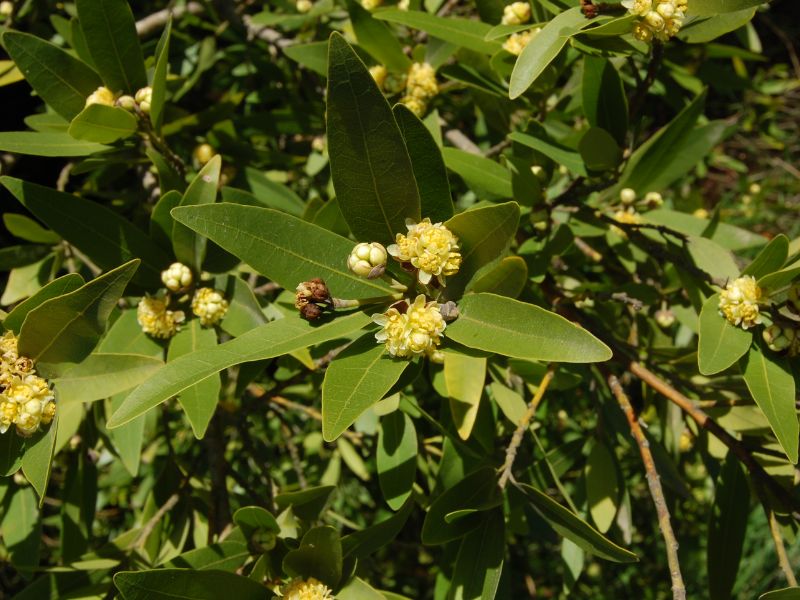
The flowers are small, yellow or yellowish-green, produced in small umbels (hence the scientific name Umbellularia, “little umbel”). Unlike other “bay laurels” of the genus Laurus, Umbellularia has perfect flowers (male and female parts in the same flower).
The fruit, also known as “California bay nut”, is a round and green berry 2–2.5 cm long and 2 cm broad, lightly spotted with yellow, maturing purple. Under the thin, leathery skin, it consists of an oily, fleshy covering over a single hard, thin-shelled pit, and resembles a miniature avocado. Umbellularia is in fact closely related to the avocado’s genus Persea, within the family Lauraceae. The fruit ripens around October–November in the native range.
The oldest-known living laurel is the Jepson Laurel, named after Willis Linn Jepson, in San Mateo County. The tree lives on San Francisco Water Department land, which agency cares for the tree. With their permission, the county parks placed a placard and a picnic area nearby.
II. How to Grow and Care
Sunlight
California bay laurel grows best in full sun to partial shade. When planted in full sun and watered regularly, it can grow as much as 4 feet each year. It will grow more slowly in partial shade, but it is nonetheless a lovely plant.
Temperature and Humidity
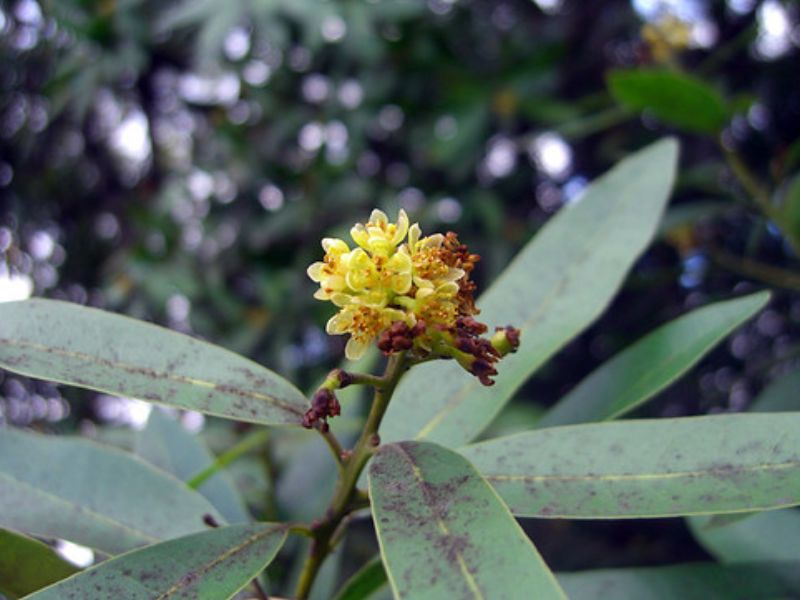
True to their name, California bay laurels love the West Coast climate—preferably when temperatures remain between 50 and 84 degrees. They can, however, tolerate temperatures as low as -13 degrees Fahrenheit and as high as 118 degrees.
The California bay laurel is also no stranger to humidity and grows comfortably in cool, humid maritime climates.
Soil and Water
In their native habitat, California bay laurels are often found growing in coastal forests and around nearby streams and ponds. So, it’s no surprise they prefer moist, well-draining soil with a neutral to acidic pH (5.0-8.0). Beyond that, Umbellularia californica grows well in loamy, sandy, or clay soils and can tolerate short periods of dryness. Drought conditions, however, may cause the tree to die back.
New seedlings require moist soil to grow, so regular watering may be necessary. Once established, your California laurel should not need supplemental watering (beyond what nature provides) unless you experience excessive heat and dry weather.
Fertilizing
Established, older California laurels need no fertilization, but younger trees may benefit from the occasional application of fertilizer with added phosphorus (0-20-0). Apply it according to the package instructions at the time of planting and at least once during the growing season of the first couple of years.
Planting Instructions
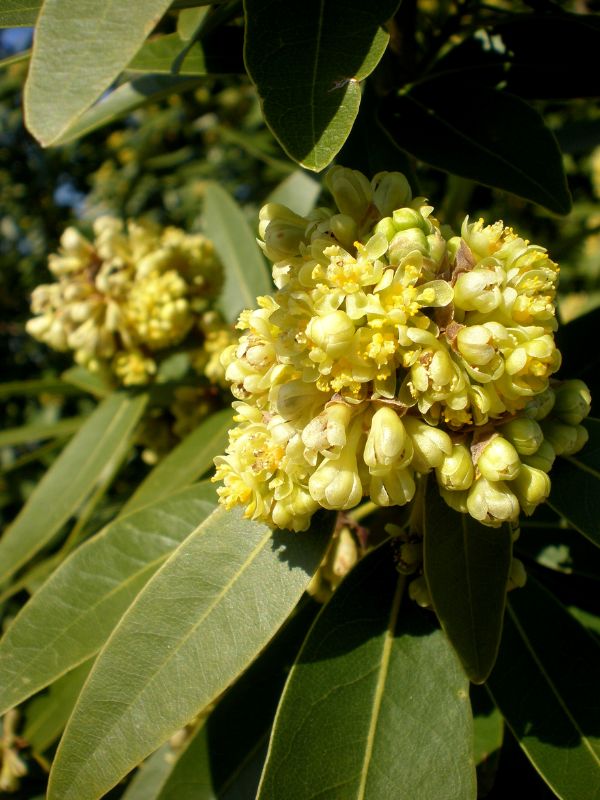
California bay laurel is a great choice for many areas of the landscape in hardiness zones 7-9. It can grow on rocky bluffs, mountain slopes, protected valleys, deep ravines, and deep canyons—but the best growth happens in well-drained, well-watered soil where the tree can receive full sun or partial shade.
In early spring, dig a hole 3 to 4 times larger than your California bay laurel’s root ball. Remove the tree from its nursery container or burlap wrap and loosen the roots as much as possible without disrupting the root ball. Place the tree in the hole with the prettiest side facing the front of the viewing area. Fill in the hole with equal parts compost and native dirt. Tamp the soil down to remove air pockets and water the tree deeply. If you are planting multiple trees, place them at least 20 feet apart.
Pruning
California bay laurels can grow unmanaged but may benefit from light pruning—especially after the tree has grown enough to have some height and density in the upper branches. Just before the coldest winter temperatures arrive, remove any damaged, yellow, or dead foliage and encourage healthy growth by removing congested or crossed branches.
If you prefer a hedge over a tree, you can also train your California bay laurel into a hedge shape with occasional shaping and pruning.
Propagation
It is possible to propagate California bay laurel from seed, but the process is unreliable and requires patience. You can harvest the seeds from the fruit husks of a healthy tree in late fall or early winter. The seeds should be planted immediately or stored in a cool, moist environment (like a refrigerator) until spring or as long as 6 months. Whether you are planting or storing your seeds, it’s wise to crack their nutlike surface to ease germination. You can use a hammer or nutcracker to do this but be careful not to smash them.
To germinate the seeds, place your cracked seeds in a plastic bag filled with equal parts moist perlite and sphagnum peat. Add some potting mix and place the bag in a refrigerator for 3 to 4 months. This will mimic the winter period needed for stratification. When the seeds begin to sprout, press each seed about 1 inch deep (and root down) into a tree-growing container (4 x 4 x 14) filled with good quality potting mix. Place the container in an area with full to partial sun and keep the soil moist (but not wet) until the seedling is ready to be transplanted outdoors (about 1 year). As needed, repot your growing California bay laurel into increasingly larger containers.
Some lucky plant experts have been able to propagate California bay laurel via softwood cuttings, but research is still needed on how to do so reliably. If you would like to try, take cuttings in the summer when the tree’s offshoots are green and pliable. Snip an 8- to 10-inch-long section from the tree and remove all but the top few leaves. Dip the cut tip into rooting hormone and dig a stem-size hole in a prepared container filled with moist, coarse sand. Put the treated cutting into the hole and press to remove air pockets in the sand.
Cover the pot in a sealed plastic bag and set it in a bright, warm location. After about a month, check to see if your cutting has anchored itself in the sand. If it has, you can remove the plastic bag and let it continue to grow for another week or two before transplanting it outside.
Pests and Diseases
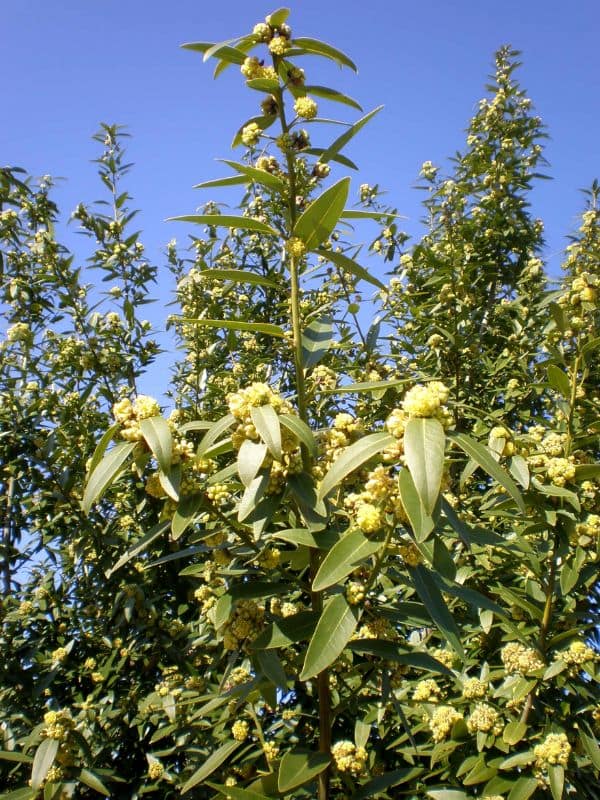
The California bay laurel isn’t often troubled by insects, but leaf blotch miners, thrips, beetle borers, and cushion scale may be an issue in some areas.
California bay laurel trees are, however, considered one of the primary hosts of sudden oak death (SOD)2, a fungus-like plant pathogen that is suspected of killing countless trees in California and Oregon. It is a contagious soil-borne disease caused by the pathogen Phytophthora ramorum and it infects numerous tree species including oaks, maples, firs, yews, and redwood trees among others. Watch for large cankers in the bark—often with a black or reddish ooze—as well as leaf spots and twig dieback. While you are at it, keep an eye out for white-mottled rot, honey fungus, and anthracnose.
III. Uses and Benefits
- Historical uses
Umbellularia has long been valued for its many uses by Native Americans throughout the tree’s range, including the Cahuilla, Chumash, Ohlone, Pomo, Miwok, Yuki, Coos, and Salinan people. The Concow tribe call the plant sō-ē’-bä (Konkow language).
Poultices of Umbellularia leaves were used to treat rheumatism and neuralgias. A tea was made from the leaves to treat stomach aches, colds, sore throats, and to clear up mucus in the lungs. The leaves were steeped in hot water to make an infusion that was used to wash sores. The Pomo and Yuki tribes of Mendocino County treated headaches by placing a single leaf in the nostril or bathing the head with a laurel leaf infusion.
Both the flesh and the inner kernel of the fruit have been used as food by Native Americans. The fatty outer flesh of the fruit, or mesocarp, is palatable raw for only a brief time when ripe; prior to this the volatile aromatic oils are too strong, and afterwards the flesh quickly becomes bruised, like that of an overripe avocado. Native Americans dried the fruits in the sun and ate only the lower third of the dried mesocarp, which is less pungent.
The hard inner seed underneath the fleshy mesocarp, like the pit of an avocado, cleaves readily in two when its thin shell is cracked. The pit itself was traditionally roasted to a dark chocolate-brown color, removing much of the pungency and leaving a spicy flavor. Roasted, shelled “bay nuts” were eaten whole, or ground into powder and prepared as a drink which resembles unsweetened chocolate.
The flavor, depending on roast level, has been described variously as “roast coffee,” “dark chocolate” or “burnt popcorn”. The powder might also be used in cooking or pressed into cakes and dried for winter storage. It has been speculated that the nuts contain a stimulant; however this possible effect has been little documented by biologists.
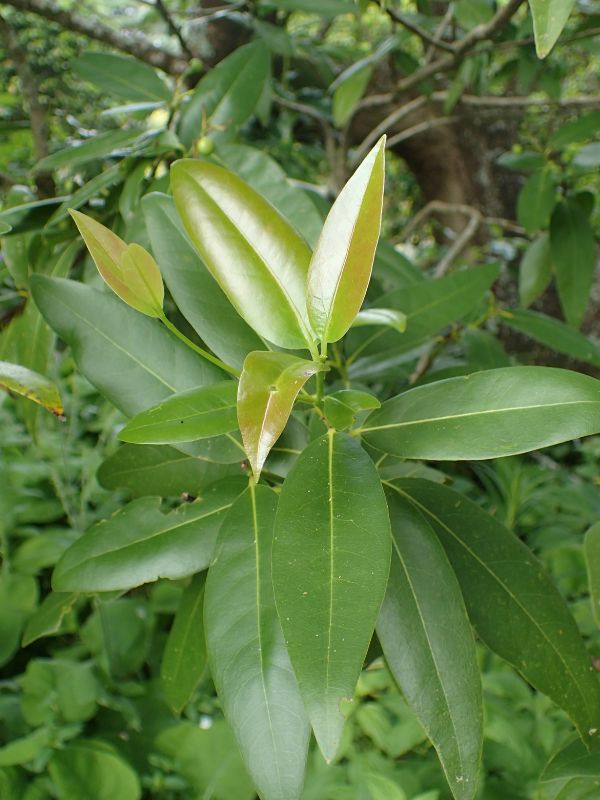
- Modern uses
The leaf has been used in cooking but contains large amounts of the toxic compound umbellulone, which causes methemoglobinemia. Umbellulone is absent from culinary bay leaves (Laurus nobilis). Umbellularia leaf imparts a somewhat stronger camphor/cinnamon flavor compared to the Mediterranean bay.
Some modern-day foragers and wild food enthusiasts have adopted Native American practices regarding the edible roasted fruit, the bay nut.
Umbellularia californica is also used in woodworking. It is considered a tonewood, used to construct the backs and sides of acoustic guitars. The wood is very hard and fine, and is also made into bowls, spoons, and other small items and sold as “myrtlewood”. It is also grown as an ornamental tree, both in its native area, and further north up the Pacific coast to Vancouver in Canada, and in western Europe. It can be planted as a hedge or windbreak. It is occasionally used for firewood.
According to a modern Miwok recipe for acorn soup, “it is essential that you add a generous amount of California laurel” when storing acorns to dry, to keep insects away from the acorns.
One popular use for the leaves is to put them between the bed mattresses to get rid of, or prevent, flea infestations.
The wood is used as lumber in furniture making, especially highly figured specimens.
IV. Types of California Bay Laurel
- Umbellularia californica var. californica.
The Umbellularia genus contains one widely known species, Umbellularia californica var. californica. It is found in both Oregon and California (but can be grown in similar climates). Zones 7-9
- Umbellularia californica var. fresnensis
There are also a few lesser-seen varieties, including Umbellularia californica var. fresnensis, which is found primarily in Fresno, California, and features white down on the underside of the leaves and on the flower panicles and branches. Zones 7-9
- Umbellularia californica var. pendula
Another rare California laurel variety is Umbellularia californica var. pendula, which features more pendulous branches and stems. Zones 7-9
Find Where to Buy the Best California Laurel (Umbellularia californica)










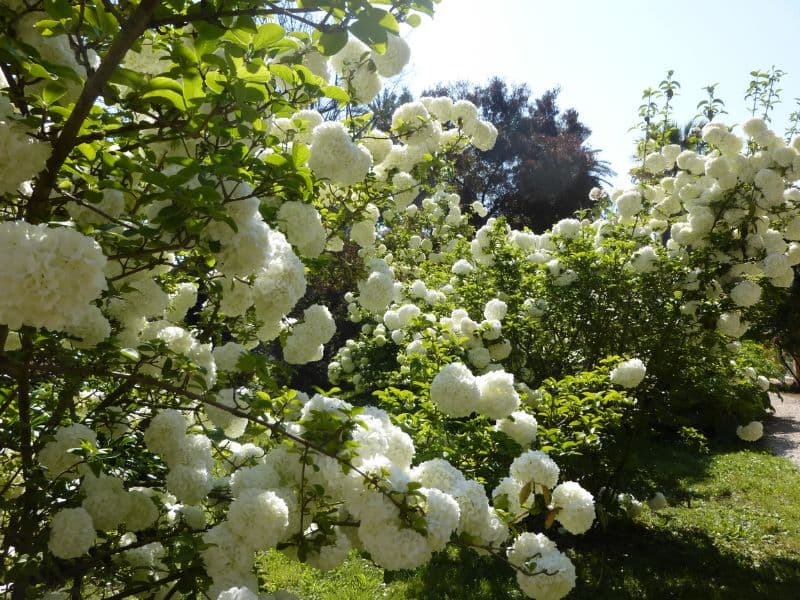
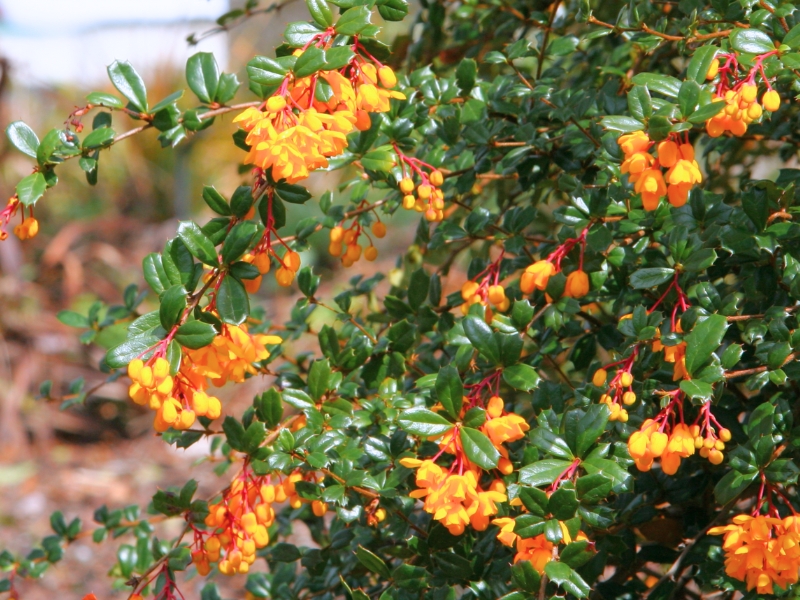
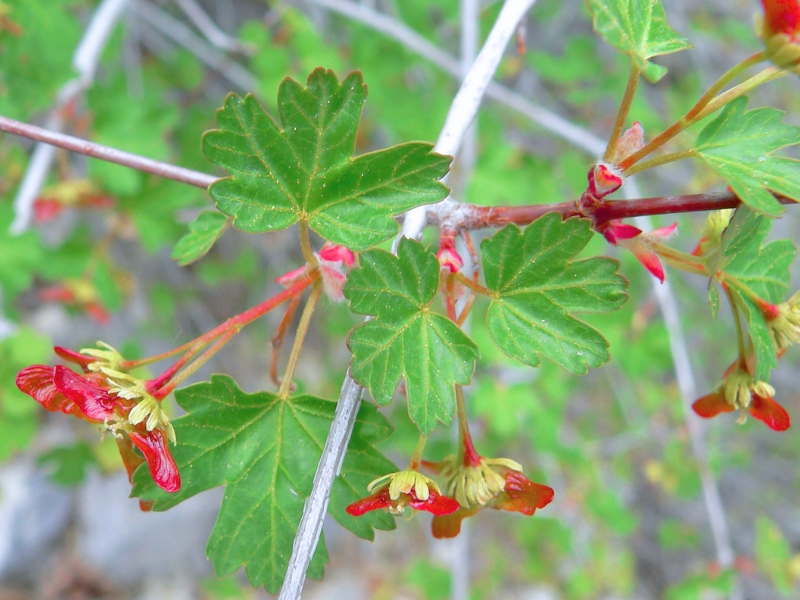
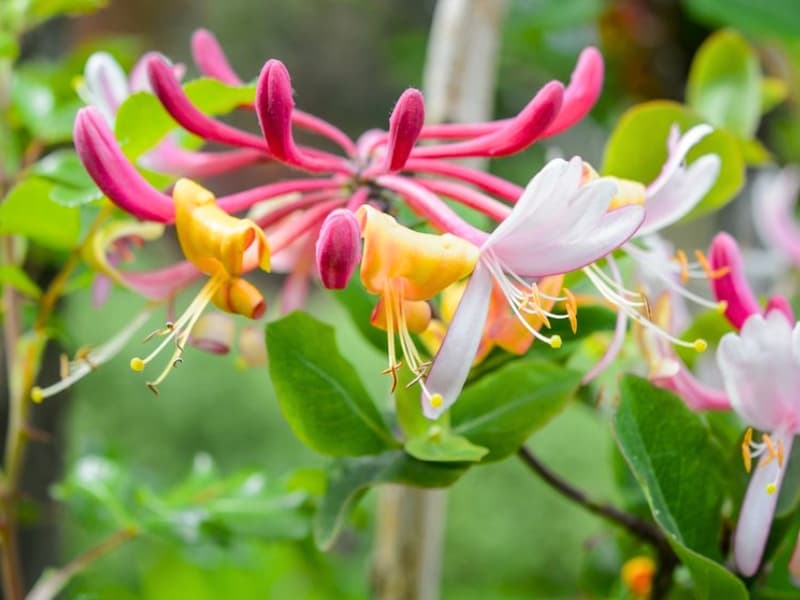
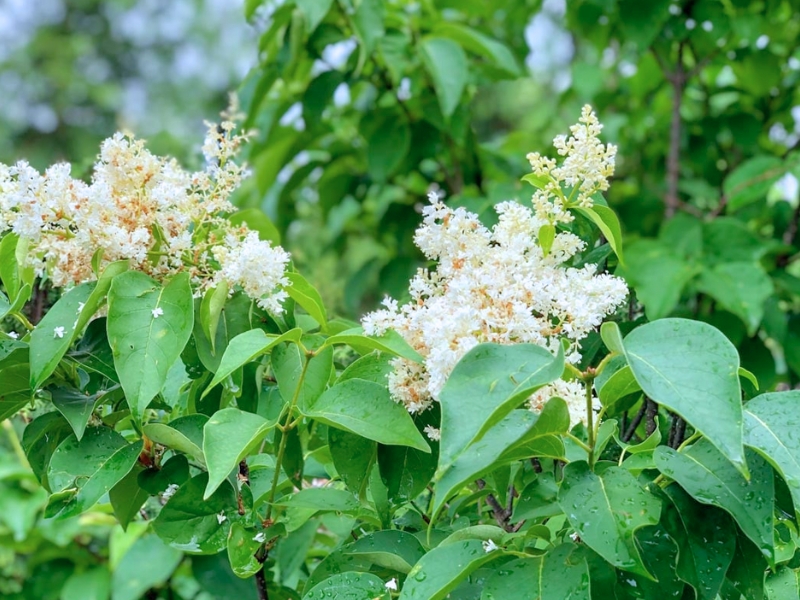
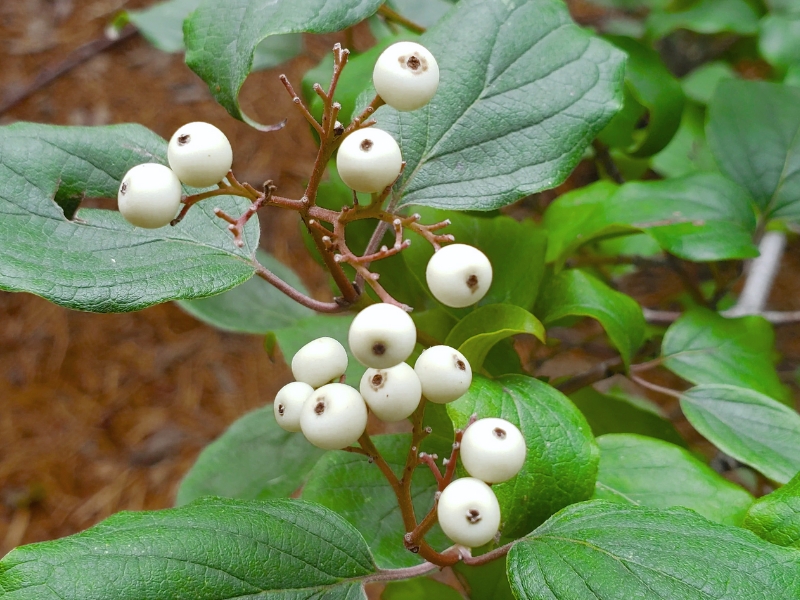
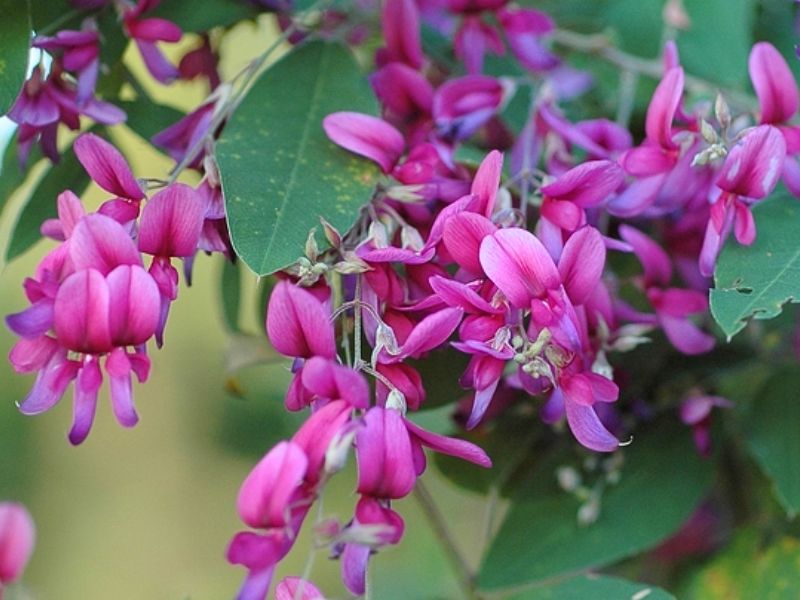
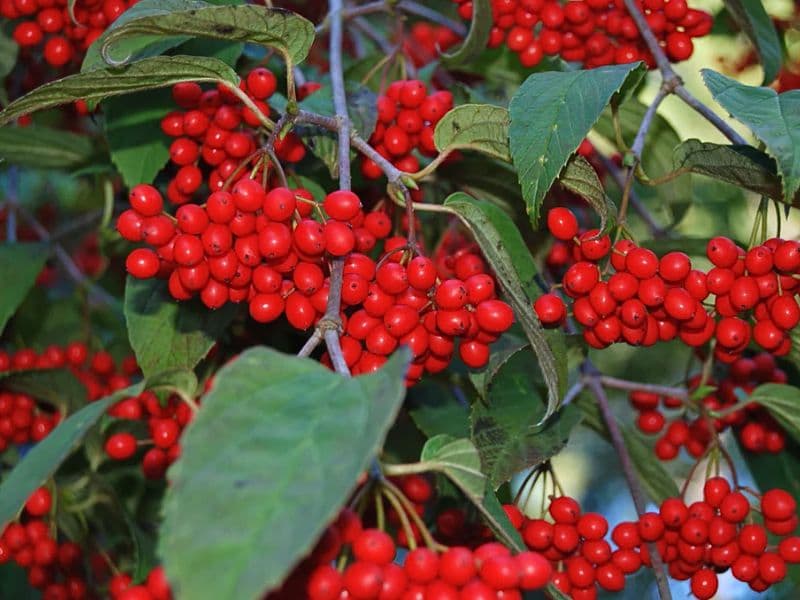
Leave a Reply